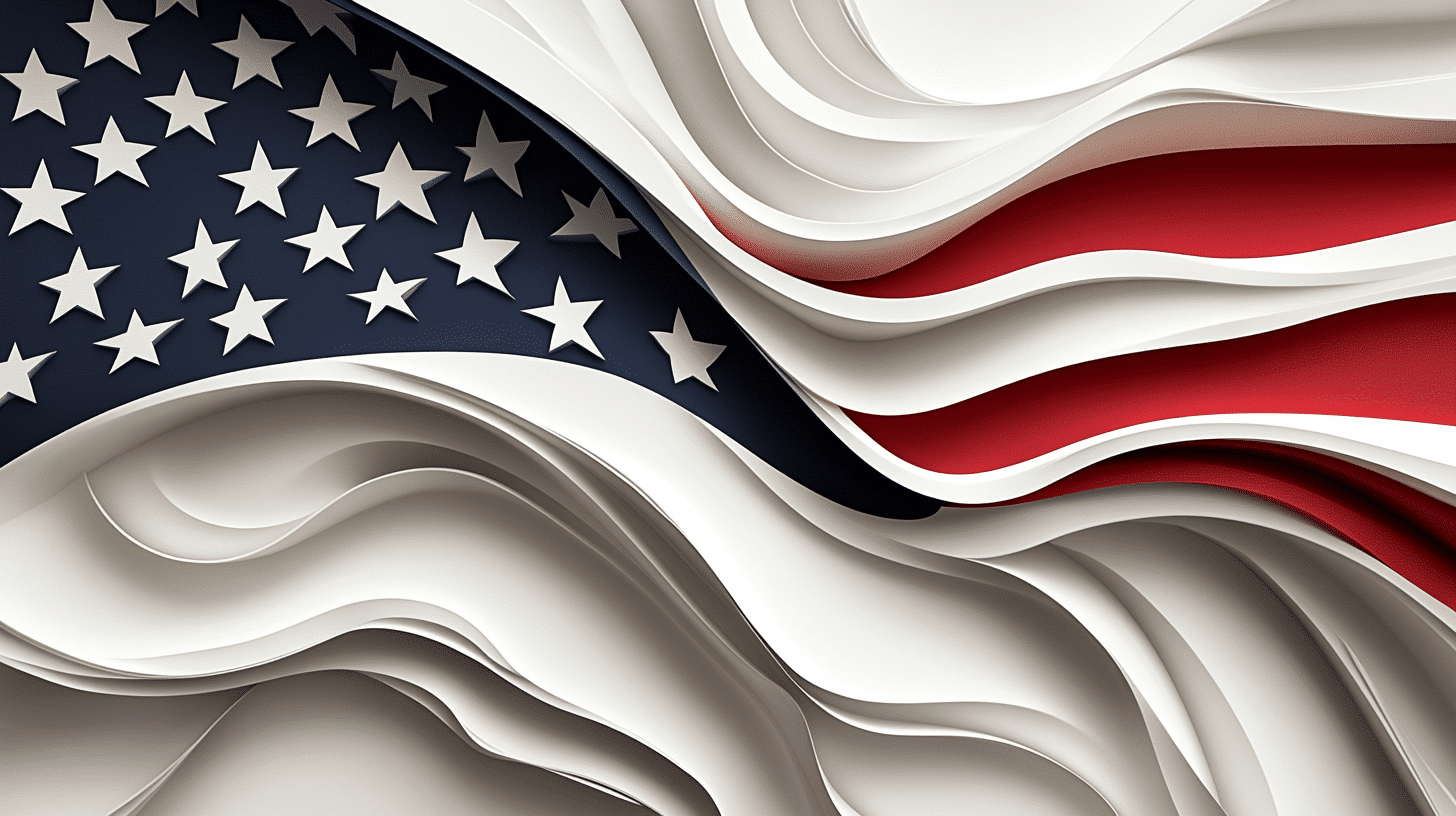What is Gluten-Free Diet Awareness Month?
Gluten-Free Diet Awareness Month is observed in November in the United States to increase awareness about the gluten-free lifestyle and to support those with gluten sensitivities, celiac disease, and other health conditions requiring a gluten-free diet. Gluten is a protein found in wheat, barley, and rye, and while it’s safe for most people, those with celiac disease or gluten intolerance experience adverse reactions. This month highlights the importance of understanding gluten-free needs, encourages food industries to develop safe, gluten-free options, and aims to spread knowledge about living healthily without gluten.
As more people adopt a gluten-free lifestyle, whether out of medical necessity or personal choice, Gluten-Free Diet Awareness Month serves as an educational campaign that promotes resources, recipes, and support. It encourages safe, gluten-free eating, with a focus on balanced nutrition and inclusion for those affected by gluten intolerance.
History and Origin
Gluten-Free Diet Awareness Month was established in response to the growing need for education and resources for individuals diagnosed with celiac disease or gluten sensitivity. In 2006, the National Foundation for Celiac Awareness (now Beyond Celiac) began spearheading awareness efforts, aiming to provide resources to the millions of Americans affected by gluten-related conditions. Previously, limited knowledge and accessibility made it difficult for people to find gluten-free products and understand gluten’s impact on their health.
Over the years, as awareness increased, the food industry responded with an expanding range of gluten-free options. Gluten-Free Diet Awareness Month promotes a positive shift toward inclusivity and healthy options for those living gluten-free, helping to make gluten-free diets more accessible and supportive.
Who Celebrates Gluten-Free Diet Awareness Month?
- Individuals with Celiac Disease: Those diagnosed with celiac disease celebrate by sharing their experiences, finding resources, and spreading awareness about gluten-free needs.
- People with Gluten Sensitivity: Those with non-celiac gluten sensitivity use the month to learn about new gluten-free products and tips for managing their diet.
- Healthcare Providers: Doctors, nutritionists, and dietitians observe the month by educating patients on the importance of gluten-free nutrition and offering guidance on safe eating.
- Food Industry and Restaurants: Many companies and dining establishments highlight gluten-free menu items, promote awareness, and educate staff on cross-contamination risks.
- Families and Caregivers: Families of those with gluten intolerance participate by learning about gluten-free cooking and meal preparation, ensuring their loved ones can eat safely.
Slogans and Themes
Gluten-Free Diet Awareness Month centers around themes of health, safety, and inclusion. Common slogans include “Live Gluten-Free, Live Well,” “Safe Eating for All,” and “Embrace Gluten-Free Living.” These themes promote safe, healthy gluten-free eating and encourage inclusivity for those who require a gluten-free lifestyle.
Colors, Symbols, and Patterns
- Colors:
- Green: Represents health and wellness, emphasizing the importance of safe, nutritious eating for those on gluten-free diets.
- Blue: Symbolizes awareness and support, often associated with celiac awareness campaigns.
- Yellow: Reflects optimism and the positive shift toward inclusivity in food options.
- Symbols:
- Wheat with a Slash: A universal symbol for gluten-free food, representing safe choices for those with gluten intolerance.
- Leaf or Health Icon: Reflects wellness and dietary health, highlighting the importance of a balanced gluten-free diet.
- Food Label: Represents the importance of labeling and transparency in gluten-free products.
- Patterns:
- Clean, Minimalist Designs: Reflect the simplicity of gluten-free food and the clarity needed in gluten-free labeling.
- Heart and Wheat Symbols: Represent both the compassion for those affected by gluten intolerance and the focus on health.
- Bold Labels and Checkmarks: Symbolize verified gluten-free products, emphasizing safety and reliability.
Most Used Hashtags
- #GlutenFreeAwareness
- #GlutenFreeMonth
- #BeyondCeliac
- #LiveGlutenFree
- #SafeEating
How to Celebrate Gluten-Free Diet Awareness Month
- Learn About Celiac Disease and Gluten Intolerance: Educate yourself on celiac disease and gluten sensitivity, understanding the impact of gluten and the necessity of strict dietary restrictions.
- Try Gluten-Free Recipes: Experiment with gluten-free cooking or baking, using alternatives like almond or coconut flour, to create safe and delicious gluten-free meals.
- Support Gluten-Free Restaurants: Visit and support restaurants that provide gluten-free options, especially those that emphasize careful preparation to avoid cross-contamination.
- Read Labels and Practice Safe Eating: For those affected by gluten intolerance, use this month to brush up on label-reading skills and stay informed about potential cross-contamination.
- Raise Awareness: Share information, personal experiences, and resources on social media to educate others about celiac disease, gluten intolerance, and the importance of gluten-free diets.
Why is Gluten-Free Diet Awareness Month Important?
Gluten-Free Diet Awareness Month is essential because it supports millions of individuals who live with celiac disease and gluten sensitivity. These individuals rely on gluten-free diets for their health, and this month shines a light on the importance of food safety, understanding, and access to gluten-free products. It also promotes empathy and awareness among the general population, encouraging more restaurants, food producers, and households to accommodate gluten-free dietary needs.
Through education, awareness campaigns, and a supportive community, Gluten-Free Diet Awareness Month aims to empower those living gluten-free and to encourage safe, inclusive dining experiences. This observance also advocates for continued progress in food labeling and culinary options, making the world safer and more accommodating for people with gluten restrictions.
Features
November: Gluten-Free Diet Awareness Month (United States)
Why do you keep falling for the same type?
Read the article Lovemaps: the hidden blueprint of our love.

